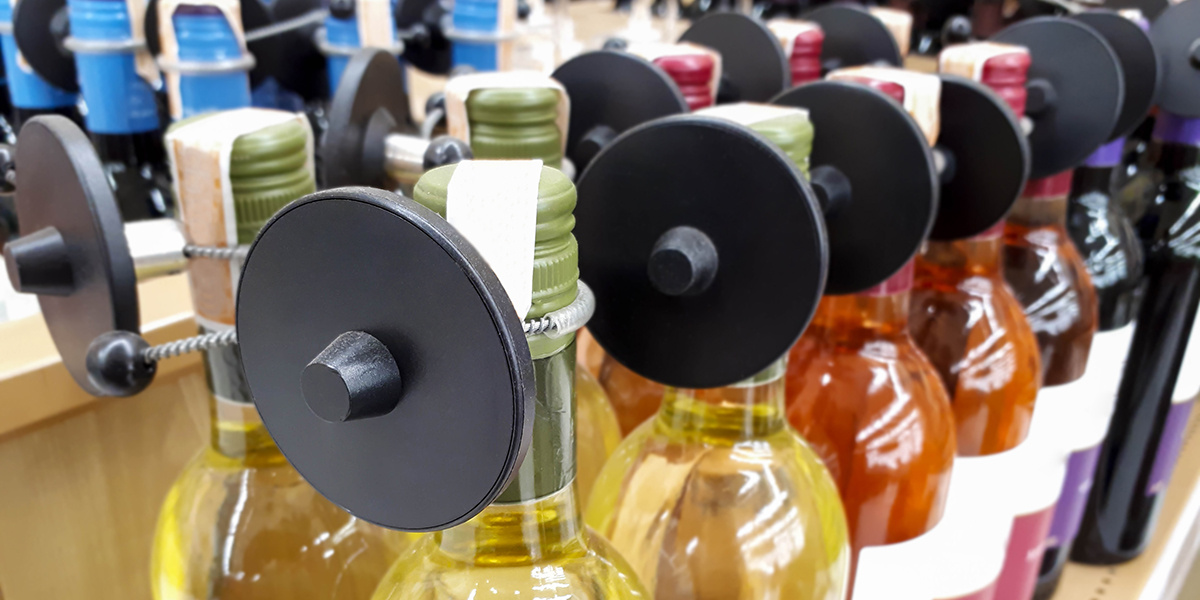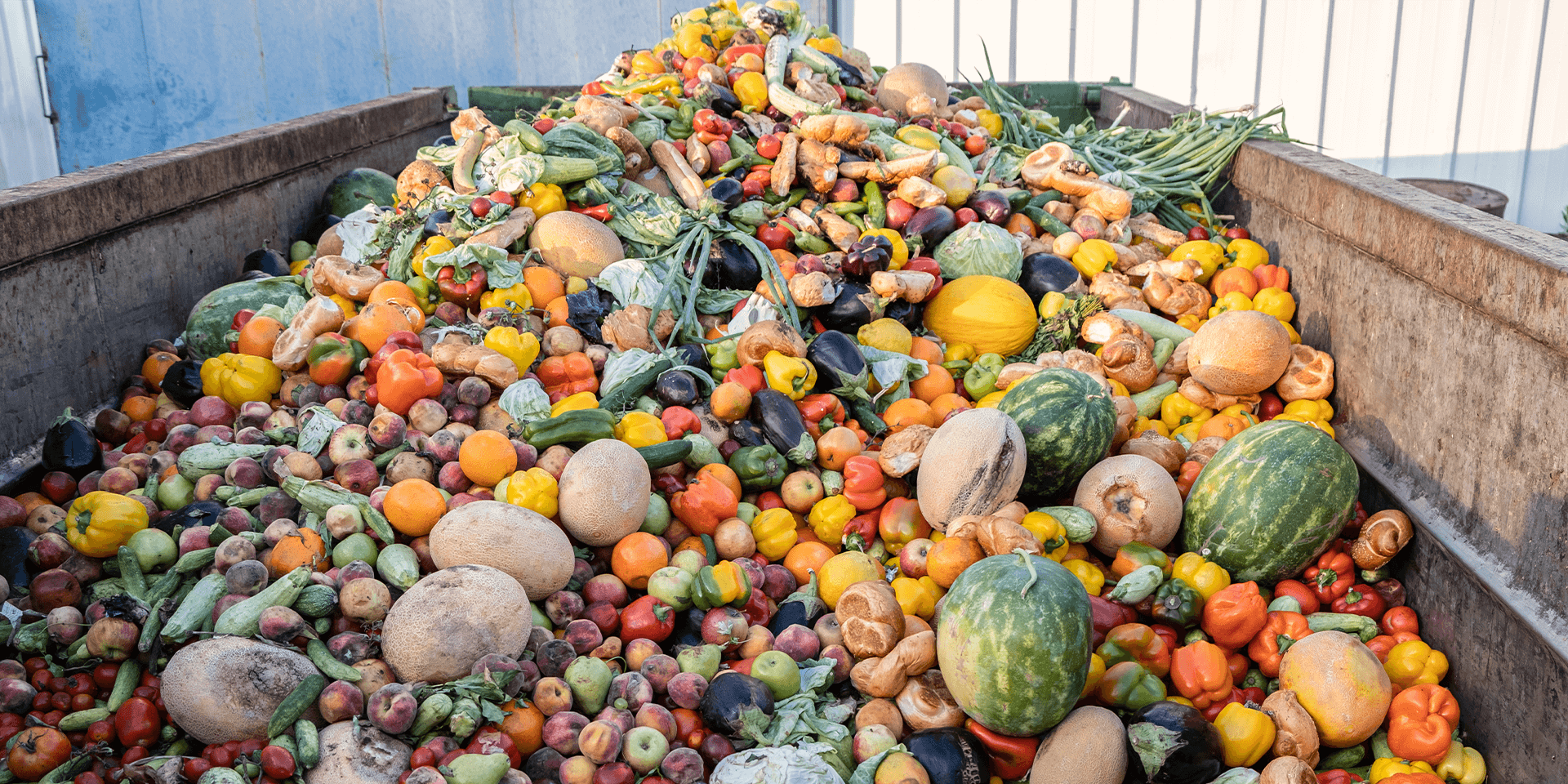SATO announces a new inventory management solution using an RFID-enabled system for Tokyo Baycourt Club Hotel & Spa Resort (Tokyo Baycourt Club). The system drastically optimised hotel staff stocktaking operations and boosted inventory management accuracy. This is the first system of its kind used by Japan’s hotel industry.
 Tokyo Baycourt Club is a resort hotel in Tokyo’s Odaiba entertainment district operated by RESORTTRUST, INC. The stocktaking operations of roughly 5,000 bottles of wine for its restaurants, bars, and lounges previously required sommeliers to carefully and laboriously handle each bottle separately and enter details manually into the purchasing system. The hotel sought a faster and more accurate system to streamline operations.
Tokyo Baycourt Club is a resort hotel in Tokyo’s Odaiba entertainment district operated by RESORTTRUST, INC. The stocktaking operations of roughly 5,000 bottles of wine for its restaurants, bars, and lounges previously required sommeliers to carefully and laboriously handle each bottle separately and enter details manually into the purchasing system. The hotel sought a faster and more accurate system to streamline operations.
After switching to RFID, Tokyo Baycourt Club can now scan multiple bottles with contactless operation and automatically register inventory in its purchasing system, drastically reducing time spent on stocktaking. At one restaurant in the resort, two workers previously spent eight hours apiece (16 hours total*) before switching to RFID. After the upgrade, the operation only required one staff and two hours, for an 88% labour savings.
Tokyo Baycourt Club head of operations, Katsuhiro Kawamura, said, “Thanks to the RFID system, we were able to streamline our painstaking stocktaking processes and reduce the number of mistakes from human error. It also improves the accuracy of inventory management by allowing us to see inventory immediately, minimising our risk of lost bottles. We are considering using RFID for other products and expanding the system to hotels in the future.”
Tokyo Baycourt Club beverages head Katsuhiko Aihara said, “We implemented RFID as a way to strengthen our internal controls. By utilising RFID in our stocktaking, we digitised our wine list which ensures inventory management transparency. If successful, it will allow us to go paperless and provide labor savings for refreshing our wine stocks, speeding up our response time for customers and reducing total working hours. I expect the system to provide a good return on investment.”
* Includes total time spent for stocktaking, including items not yet RFID-tagged
Comparison of workload before and after implementation of RFID system at Tokyo Baycourt Club
| Place used | Staff before RFID (teams of 2) |
Hours before RFID | Staff after RFID | Hours after RFID |
|---|---|---|---|---|
| French restaurant | 2 | 16 hrs | 1 | 2 hrs |
| Italian restaurant | 2 | 8 hrs | 1 | 1.5 hrs |
| Throughout the hotel | 16 | 38 hrs | 8 | 9.5 hrs |
* Includes total time spent for stocktaking, including items not yet RFID-tagged
RFID details
The UHF RFID tags used for this system were specially designed by SATO Material Co., Ltd., a SATO Group company that specialises in the production and sales of industrial rubber products, synthetic resins and RFID tags. Due to interference, RFID read rates are generally problematic when attached to items containing liquids. However, the wine bottle buckle-on tags developed by SATO allow for error-free reads from as far away as 50 cm. Because the tags are not directly affixed to the bottles, there is no effect on the wine quality. The RFID tags are also paired with security labels to prevent falling off or being replaced.
Other facts and features
|
 |
*Conversion is based on an average exchange rate of 1 US Dollar = 110.85 Japanese Yen






Comments